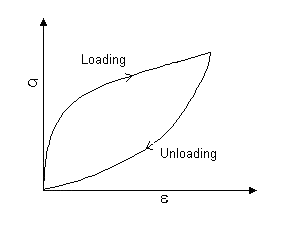
Hysteresis is the energy loss that occurs when a material is subjected to a cyclic stress or deformation. In rubber materials, hysteresis is related to the amount of heat generated during deformation, and it is typically measured as the difference between the energy required to compress the material and the energy released when the material returns to its original shape.
A decrease in hysteresis magnitude of rubber would mean that the material is becoming more efficient in storing and releasing energy during deformation, resulting in less energy being lost as heat. This can be achieved through several mechanisms, including:
Crosslinking: Rubber materials are typically composed of long chains of molecules called polymers, which can be crosslinked to form a three-dimensional network. Increasing the degree of crosslinking can reduce the mobility of the polymer chains and increase the stiffness of the material, leading to a decrease in hysteresis.
Reinforcement: Adding reinforcing fillers, such as carbon black or silica, can improve the mechanical properties of rubber and reduce hysteresis by increasing the stiffness and reducing the deformation of the material.
Molecular design: Modifying the chemical structure of rubber molecules can improve their mechanical properties and reduce hysteresis. For example, adding functional groups to the polymer chain can increase its crosslinking density and reduce its mobility, resulting in a decrease in hysteresis.
Overall, a decrease in hysteresis magnitude of rubber can lead to improved performance in various applications, such as in tires, where it can result in lower rolling resistance and improved fuel efficiency.
Regenerate response
 (909) 987-1774
(909) 987-1774 Email Us
Email Us







